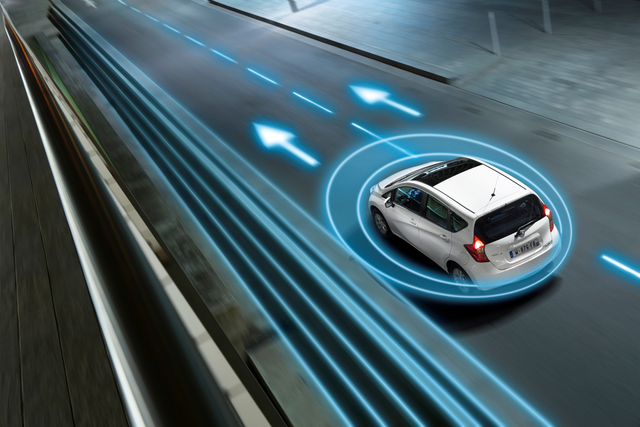PS5 DualSense Controller: The Game‑Changer for Racing and Beyond
When you pick up a PS5 DualSense, a next‑gen gamepad for Sony’s PlayStation 5 that combines tactile vibration, adaptive triggers, and built‑in speaker to deliver sensory feedback. Also known as the DualSense controller, it redefines how players feel in‑game actions, especially in fast‑paced racing titles. This controller isn’t just a piece of hardware; it’s a bridge between the virtual track and your fingertips.
One of the standout technologies is Haptic Feedback, a vibration system that can simulate everything from a smooth road surface to a gritty off‑road crawl. When you brake hard in a Formula 1 simulation, the triggers tighten just like a real car’s brake pedal. That sensation gives you a clearer idea of grip loss, letting you react faster than you would with a standard rumble motor.
Why Racing Simulators Love the DualSense
Racing simulators such as Gran Gran Turismo 7 or the F1 2024 game treat the controller as a primary input device. Racing Simulators, software that aims to recreate real‑world motorsport physics and vehicle dynamics demand precise feedback to convey car behavior. The adaptive triggers on the DualSense can mimic gear‑shift resistance or tire slip, giving you a feel that’s closer to a steering wheel setup. This means you can practice corner entry timing on a couch without investing in a full‑size wheel.
Beyond the feel, the controller’s built‑in microphone and speaker let developers push audio cues directly to your hands. A revving engine might roar through the speaker while the haptics pulse on the side rails, creating a layered experience. In multiplayer races, those cues help you stay aware of nearby opponents even when you’re focused on the screen.
Another big advantage is ergonomics. The DualSense’s shape balances weight distribution, and the textured grip prevents slipping during those nail‑biting last‑lap battles. For newcomers, the lower learning curve compared to a wheel means they can jump straight into the action, while seasoned sim racers benefit from the extra sensory data without the bulk of extra hardware.
In the broader PlayStation 5 ecosystem, the DualSense also integrates with PlayStation 5, Sony’s latest console that powers high‑frame‑rate, ray‑traced games. The console’s fast SSD delivers consistent frame delivery, which is crucial for racing games where latency can mean the difference between a clean lap and a spin. When the console and controller work together, the result is a smoother, more responsive racing experience.
So what does all this mean for you, the reader? Below you’ll find a curated set of posts covering everything from the science behind haptic technology to how motorsports journalists use gaming to analyze real‑world race data. Whether you’re looking for tips on maximizing the DualSense for your next online race, curious about the latest motorsport news, or interested in how video games influence real‑life racing strategies, the collection has something useful.
Ready to see how the PS5 DualSense transforms your virtual track days? Dive into the articles below and discover practical insights, hands‑on reviews, and the latest motorsport trends that intersect with gaming technology.

Ghost of Yōtei throws you into Atsu's blood‑soaked vendetta on the island of Ezo. The game blends brutal melee, fluid weapon swaps, and satisfying stealth kills, all wrapped in a gorgeous, season‑changing world. Fast load times and a clever navigation system keep you moving, while side quests deepen the revenge story. Even fans of the original will feel the fresh take on the ghost mask.
Maverick Kincaid Sep 26, 2025



